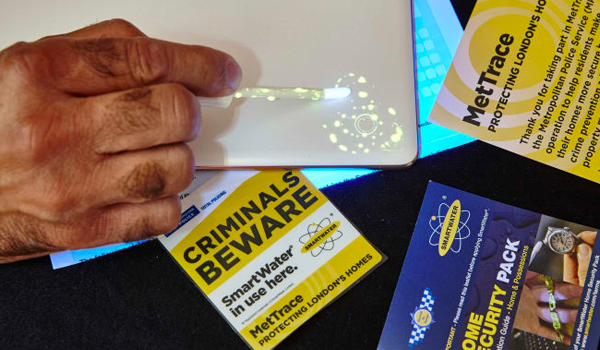Uncuffing pen-pushing officers
Kevin Sheehy, head of the criminal justice practice at Lanner Group, talks to Police Professional about the role of simulation in reducing bureaucracy within the criminal justice system

Kevin Sheehy, head of the criminal justice practice at Lanner Group, talks to Police Professional about the role of simulation in reducing bureaucracy within the criminal justice system
The report on the future of policing carried out by the Chief Inspector of Constabulary, Sir Ronnie Flanagan, has once again highlighted the difficulties both police forces and criminal justice agencies face in cutting bureaucracy.
The hit TV show Life on Mars may have drawn attention to some of the uglier points of policing in the 1970s, but Sir Ronnie was keen to point out that this period was also far more efficient in dealing with matters of criminal justice, due to less red tape.
Sir Ronnies comments are echoed by Metropolitan Police Commissioner Sir Ian Blair, who in a recent keynote speech at the 7th Annual Criminal Justice Management Conference, argued that legal frameworks such as the criminal justice reforms introduced by the 1977 Royal Commission on Criminal Procedure started a trend of increased regulation. The reforms meant that officers of all levels would begin to see an increase in paperwork in their daily duties.
In some circumstances it is of course entirely valid to have significant paperwork to provide accountability and aid the working practices of the police. Yet the estimation that a third of all police time is spent on paperwork is far from ideal.
This figure is not helped by excessive monitoring of Whitehall targets, something Ian Johnston, the chairman of the Police Superintendents Association (PSA), recently declared a shambles, saying that they should be scrapped. Ken Jones, the President of the Association of Chief Police Officers (ACPO), added further weight to the claim when he said bureaucracy was strangling the service.
With such comments from respected figures such as Mr Johnstone and Mr Jones, coupled with the general publics dissatisfaction regarding perceived lack of police presence on the streets, it would appear that a solution is in great and immediate need.
Prime Minister Gordon Brown has pledged to cut paperwork for police officers and criminal justice agencies, and stressed that IT is pivotal in making this happen. Such sentiments were echoed by Sir Ronnie in his report. Sir Ronnie outlined four key areas to which police forces need to concentrate their efforts on improving. The first of these was Reducing unnecessary bureaucracy, to which Sir Ronnie cites new technology as an answer to many bureaucratic headaches.
Joined-up systems
In truth, technology is something that police forces have taken on board over many years, but historically the service has encountered difficulties in implementing joined-up systems nationally.
Since Tony Blair stated his vision for joined-up criminal justice in 2004, as a means to creating greater efficiency gains throughout England and Wales 43 regional police forces and criminal justice agencies, forces and their criminal justice partners have begun to understand the enormous advantages of integrated end-to-end systems, but have also found great difficulty in delivering them. The drive for efficiency in the public sector now means that a traditional approach of computerising a series of inefficient processes is no longer good enough these days there has to be demonstrable gains in output or reductions in costs.
When approached with this in mind, IT can play a major role in allocating resources efficiently throughout the system, to minimise time spent on paperwork and continuously improve process management.
But how can chief officers move successfully to this kind of approach?
Traditionally, police forces have relied on static planning methods in the form of flowcharts and spreadsheets to monitor and plan systems for their working practices. This method is extremely limited and is insufficient in todays workplace, and is neither efficient nor practical, due to its inability to deal with complex dynamic systems which are subject to high



